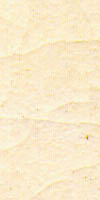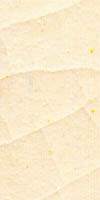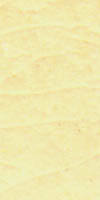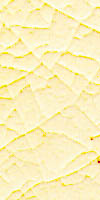
Cone 6 Iron Reds | Matte Bases | Glossy Bases | Honey Transparents | Floating Blues | PV Clay - Cone 06 Raku | LowFire Clear
Raku Gerstley Borate Glaze
These pages were a study of how we substituted Boraq 1, Boraq 2 and Boraq 3 into common recipes.
Boraq was developed by Plainsman Clays as a substitute for Gerstley Borate (under code number L3127E).
The development effort took place during the early 2000s, the initial period when the demise of Gerstley Borate appeared imminent.
Other companies, including Laguna Clays, introduced similar products at the time.
Later Laguna Clays began processing a last stockpile of the material they found at the mine and interest in substitutes waned.
In 2023 the cycle appears set to repeat so these pages are pertinent again.
Since Gerstley Borate has a high LOI and it seems logical that it would tend to create bubbles and
imperfections in low fire glazes. However in practice it is amazing how
transparent and crystal clear some of the glazes can be. It is even common to see Gerstley Borate in low fire glazes that
also contain significant amounts of boron frit. Boraq 1 is highly likely to work well in these.
In addition it will lower the thermal expansion of glazes slightly making crazing
less likely or less severe.
INSIGHT 5x Comparison for 2826B
This recipe has a 60% frit mixture, 20% GB, along with a little wollastonite
and 15% kaolin to suspend the slurry. It has some suspended bubbles in the glass
and crazing is not too severe (so as not to overly weaken the pieces).
2826B1
06-05 Raku Base with GB |
2826B2
06-05 Raku Base with Boraq 1 |
|
|

This closeup shows crazing lines. Glaze is transparent and shows body
color through. |
|

Glaze is transparent and shows body color through. |
Nepheline Syenite:GB Raku Base
While there are many variations on this base, the 50:50 GB:Nepheline mix is typical.
We have seen versions all the way to 80% GB and 20% Nepheline. This range of
blends melts very well at cone 06 and most are remarkably stable and bubble
free. The higher the nepheline syenite the greater the likelihood of crazing (a desired effect in many raku
applications). For mixes toward the 80:20 end we suggest adding some silica,
perhaps 5-10% to reduce the crazing if excessive. This base is a good demonstration of
the effect of the lower LOI and slightly better melting of Boraq 1. The Boraq
version is clearer with fewer suspended bubbles and surface dimples and
pinholes. The craze pattern is also slightly less severe.
2826N1
GB:Nepheline Syenite Raku Base |
2826N2
Boraq 1:Nepheline Syenite Raku Base |
|
|
|
A similar version of the glaze employs 80% GB and 20% Nepheline. It melts and
flows much better and that above 50:50 mix and fires to a crystal clear glass.
We have compared Boraq and GB and found that the Boraq 1 version crazes a little
less, goes on thicker and melts to a very similar finish.
 Tony Hansen
Tony Hansen




 Tony Hansen
Tony Hansen